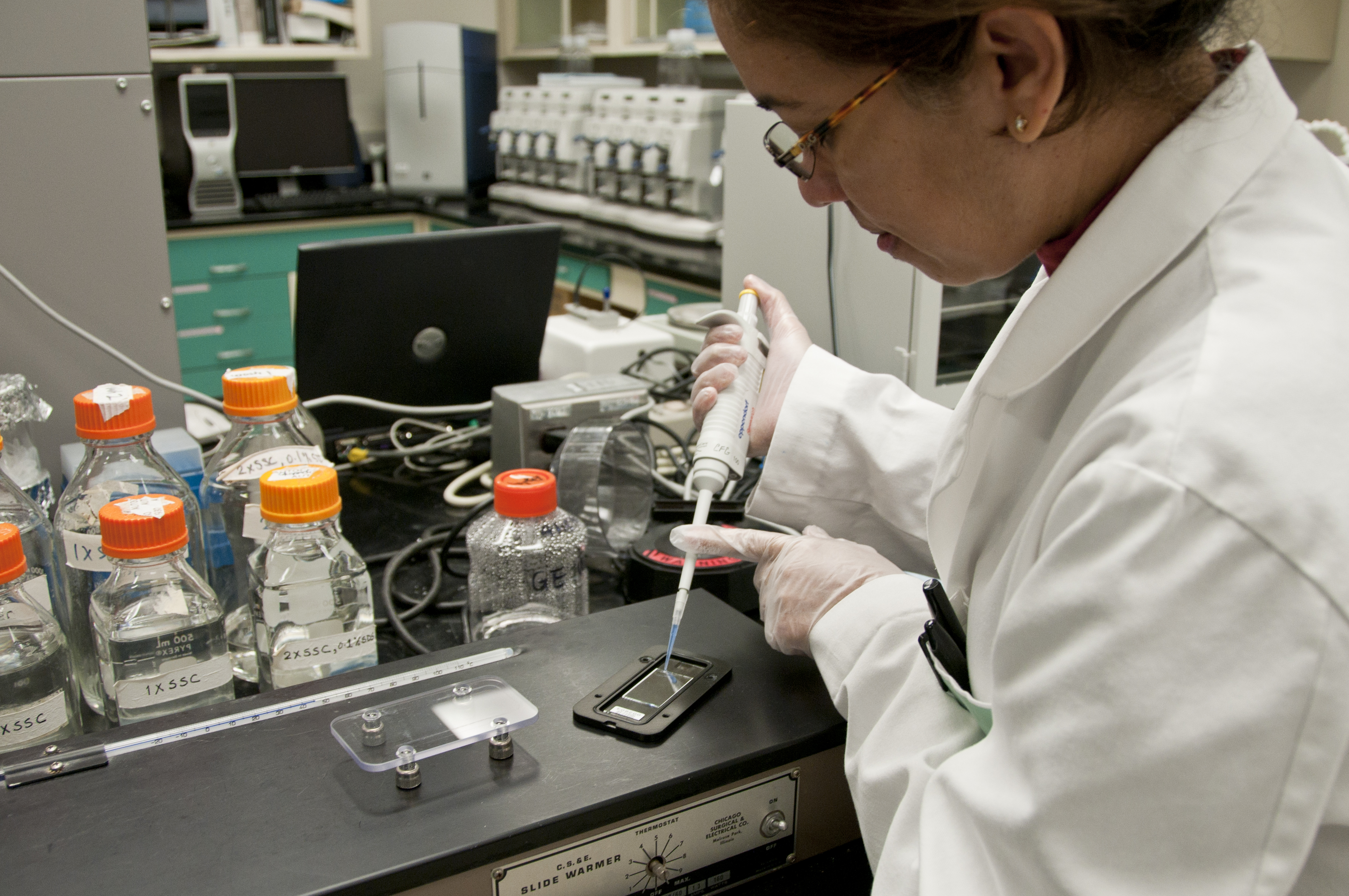
Photo from academic.microsoft.com
Silver, once regarded as a safe noble metal for humans, has been widely used in industrial and commercial products, especially in nanometer biomaterials. It is now well known that Ag+… Click to show full abstract
Silver, once regarded as a safe noble metal for humans, has been widely used in industrial and commercial products, especially in nanometer biomaterials. It is now well known that Ag+ is biologically active and is able to interact with the cell membrane, proteins and DNA. However, very little is understood about the potential impacts of Ag+ at the sub-cellular level. Our work investigated the potential toxicity of Ag+ on mitochondria isolated from rat livers by examining the mitochondrial morphology, respiration, swelling, membrane fluidity and reactive oxygen species (ROS) generation. We observed that Ag+ significantly affects the mitochondrial structure and function, including mitochondrial swelling, collapse of the transmembrane potential, change of permeability and fluidity, decline of the respiratory rate, and acceleration of ROS, indicating that Ag+ should be seriously regarded as a potentially hazardous substance. Moreover, we conclude that Ag+ injures the mitochondrial structure and function by a nonspecific approach, in which the interaction is unregulated by inherent parts such as the mitochondria permeability transition pore (MPTP). These results help us learn more about the toxicity of Ag+ at the subcellular (mitochondrial) level and influence future biological and medical applications of Ag-based materials.
Journal Title: Toxicology research
Year Published: 2017
Link to full text (if available)
Share on Social Media: Sign Up to like & get
recommendations!